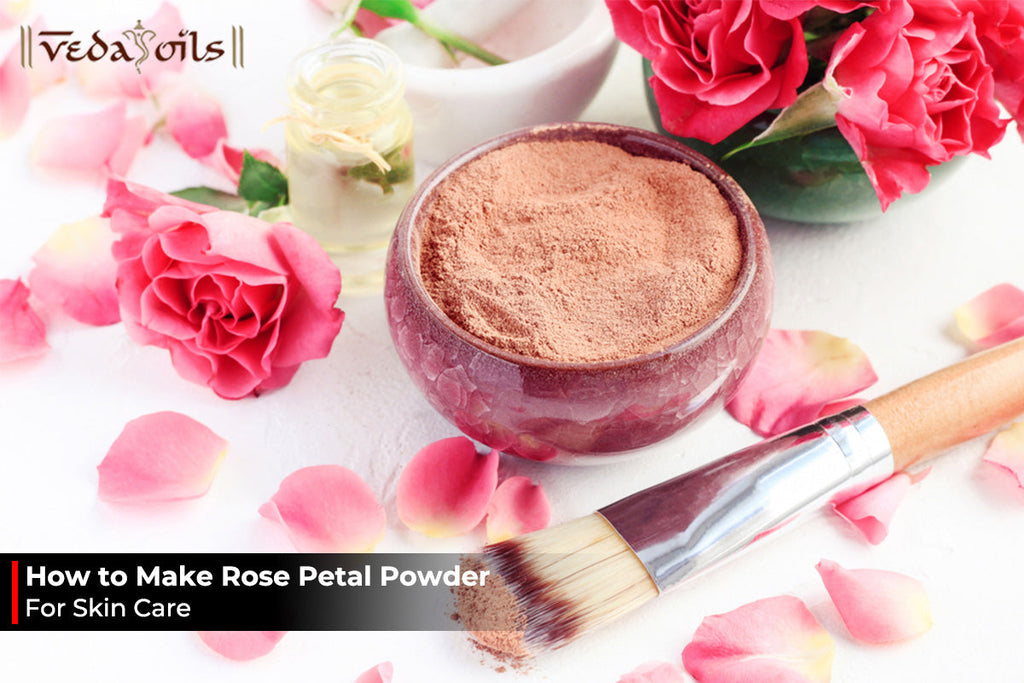Emollients vs. Moisturizers | Understanding the Key Differences
You might have come across this common question on the internet what is the difference between Emollients vs. Moisturizers? These two terms are often used in the skincare industry and for some people it's the same thing. However, that’s where they are wrong. There are several differences between emollients and moisturizers.

Today, in this blog we will be discussing we explain what emollients are, what moisturizers are, why you need both ingredients, what the difference between them and loads more things concerning these two primary skincare ingredients. So, let’s dive in.
Emollients: The Skin-Softening Agents
Emollients are ski-softening agents which are popularly used in the skincare industry for crafting many skincare products. This primary skincare ingredient helps to hydrate, soothe and smoothen the skin. Emollients form a protective layer or barrier over the skin’s surface which helps in sealing the moisture and improving the skin texture.

It is derived from natural oils or synthetic compounds, emollients help in improving skin elasticity. Emollients in Cosmetics are very effective in reducing dryness and roughness for a healthier and more supple complexion.
Key Characteristics of Emollients:
1.Texture
The texture of emollient possesses a smooth and creamy texture. This makes it easy to spread on the skin and creates a protective barrier on the skin. This is the reason it is primarily added in creams and lotions for its lightweight texture.
2.Function
Like we said earlier also, emollients are rich in moisturizating and hydrating elements that work by filling in the gaps within the skin cells. As a result, you enjoy smooth skin with improved skin flexibility and suppleness.
3.Occlusive Barrier
Emollients form a protective seal on the skin’s surface which helps reduce moisture loss by creating an occulsive barrier. This Occuluisve property of emollients locks in Hydration and shields the skin against external harmful agents while allowing the skin to retain moisture.
4.Common Ingredients
Emollients boast a diverse array of ingredients, including natural oils like jojoba, coconut, and almond oil, as well as synthetic compounds like silicones. These components contribute varying degrees of moisturization and softening properties, catering to different skin types and needs.
Moisturizers: The Hydration Boosters
Moisturizers are one of the most considered ingredients when it comes to hydration. Their primary function revolves around maintaining and restoring the skin’s hydration levels. They are specifically formulated in various textures from lightweight lotions to thick creams, as per different skin types. A well-structured combination of emollients, humectants and occlusives together become moisturizers that help hydrate the skin effectively.

Whether addressing dryness, combating signs of ageing, or simply maintaining healthy skin, moisturizers play a pivotal role in skincare routines.
Key Characteristics of Moisturizers:
1.Texture
When it comes to the texture of moisturizers, they exhibit different textures. You can find lightweight lotions and rich creams both in moisturizers that help cater to different skin problems of individuals with different skin types.
2.Function
As we mentioned below, moisturizers work as great hydration boosters which replenish and maintain the skin’s moisture levels. Moisturizers help lock in moisture and support skin elasticity which helps fortify the natural barrier of the skin.
3.Hydration
Their main function is to provide moisture by drawing moisture from the air (humectants) and keeping it from escaping (occlusives). This double action guarantees an ever-present supply of moisture, encouraging suppleness, plumpness, and a healthy complexion.
4.Common Ingredients
Moisturizers contain a blend of humectants like glycerin, hyaluronic acid, and aloe vera for moisture retention. It also contains emollients such as natural oils or synthetic compounds that contribute to smoothness. It also contains occulusives as ingredients which seal in moisture for lasting hydration.
Emollients vs. Moisturizers: Key Differences
Now that we have discussed emollients and moisturizers in detail, its time we discuss the key differences between Emollients and moisturizers to understand them better. Here are the key differences between Emollients vs. Moisturizers.
1.Primary Function:
The primary function of Emollients is softening and smoothing the skin by creating a protective barrier. On the other hand, Moisturizers are multifunctional, they moisturize, soften and hydrate the skin by combining emollients, humectants and occlusives for comprehensive skin health.
2.Skin Type Suitability:
As we know emollients focus on skin barrier formation, hence they are more beneficial for sensitive skin and help in improving the skin texture. On the other hand, Moisturizers cater to all skin types like oily, sensitive and combination types by offering different formulations for different skin concerns.
3.Key Ingredients:
Emollients prioritise smoothing the skin by primarily including softening ingredients such as silicones or natural oils (jojoba, almond). In order to provide a comprehensive skincare treatment, moisturisers blend humectants (glycerin, hyaluronic acid) for hydration, emollients (softness), and occlusives (petrolatum, shea butter) to seal in moisture.
4.Texture:
When we talk of texture there’s a big difference between the two. Emollients usually have generally more richer and creamier texture and leave a luxurious feel when applied. Moisturizers on the other hand have textures ranging from lightweight lotions to dense creams as per the individual requirements.
5.Usage:
To target dry or rough skin areas, emollients are frequently utilised as stand-alone treatments or as essential ingredients in skincare formulations. Because they target overall hydration and skin health in multiple areas, moisturisers are multipurpose and an essential component of everyday skincare routines.
6.Skin Condition Management:
Emollients are great when it comes to curing skin conditions like eczema or psoriasis which are caused due to dryness and reducing irritation due to their barrier-forming properties. Moisturizers effectively manage a broader range of skin conditions to maintain skin balance and health.
Conclusion:
While concluding we can say this was all about Emollients and Moisturizers. We shared all the information about these two primary cosmetic ingredients. Now that you know these two ingredients and their role, you can easily choose for your skin which lotion or cream is better.
You May Also Like:
Buy Products
Related Articles
-
 How to Make Marble Candles | DIY Marble Pillar Candle
How to Make Marble Candles | DIY Marble Pillar Candle -
 DIY Tanning Oil - Best Homemade Recipes For Tan Removal
DIY Tanning Oil - Best Homemade Recipes For Tan Removal -
 Homemade Mustache Wax: Best DIY Recipe With Natural Ingredients
Homemade Mustache Wax: Best DIY Recipe With Natural Ingredients -
 Kojic Acid vs. Glycolic Acid: Which Is Better for Skin Whitening?
Kojic Acid vs. Glycolic Acid: Which Is Better for Skin Whitening? -
 5 Best Grades of Essential Oils - The Grading System
5 Best Grades of Essential Oils - The Grading System -
 How to Make Rose Petal Powder For Skin Care Homemade Recipe
How to Make Rose Petal Powder For Skin Care Homemade Recipe
Disclaimer :- This article is intended for informational and educational purposes only and should not be considered a substitute for professional medical advice. For specific health concerns or treatment, please consult your personal physician. The article's editor, writer, and VedaOils organization do not assume any responsibility for any health outcomes resulting from the information provided. Readers are strongly encouraged to seek advice from their physician before acting on any recommendations made in these articles.

















 Sign in
Sign in Register now
Register now My Reward Points
My Reward Points









